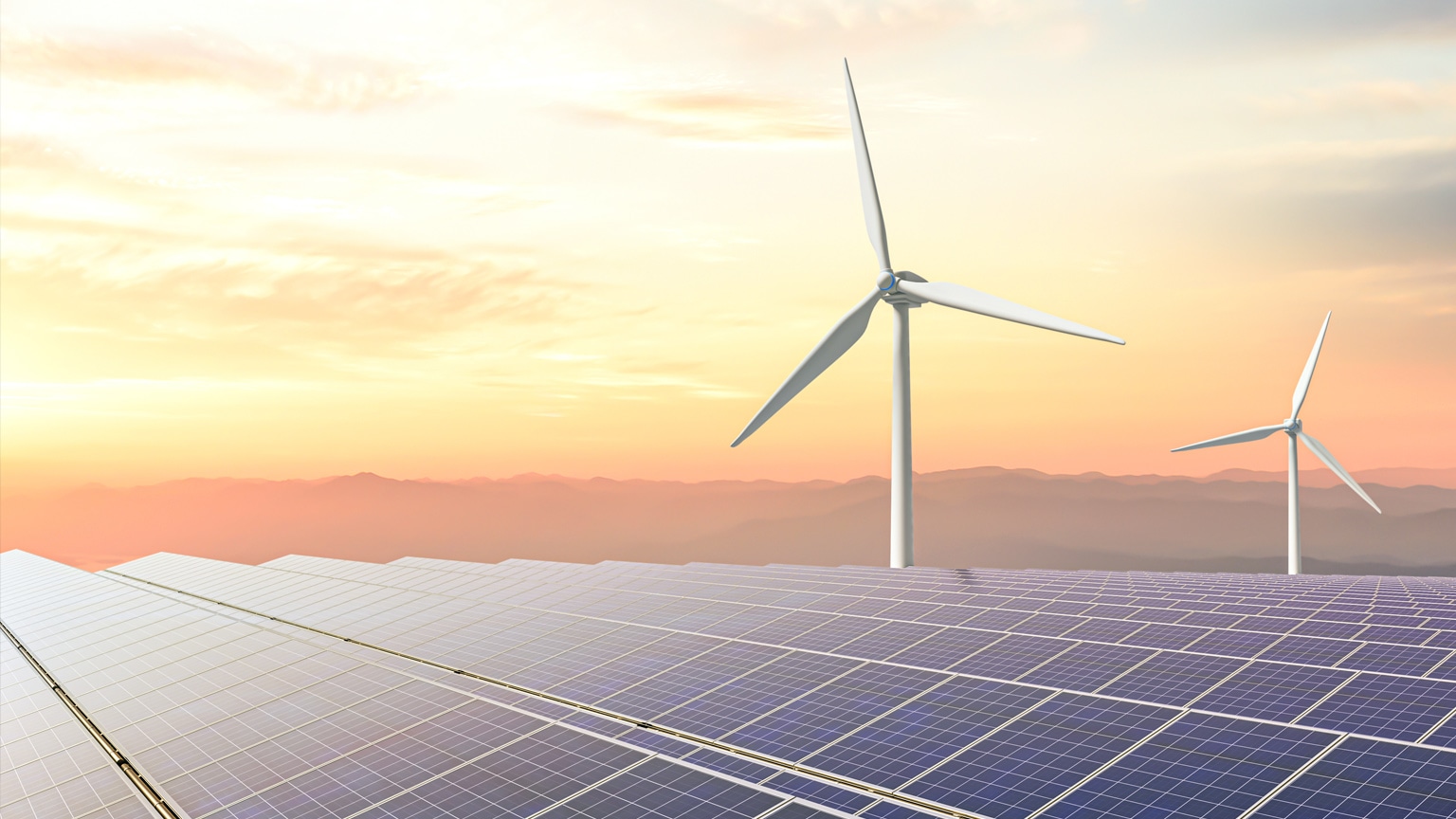In recent years, the global focus on renewable energy has intensified as the world grapples with the dual challenges of climate change and energy security. Across the globe, governments, industries, and researchers are investing heavily in developing innovative technologies aimed at harnessing renewable sources such as solar, wind, hydroelectric, and geothermal power. These efforts not only promise to mitigate the environmental impact of traditional energy sources but also herald a new era of sustainable development and economic growth.
Table of Contents
ToggleSolar Power:
Among renewable energy sources, solar power continues to lead the charge, both figuratively and literally. Advances in photovoltaic (PV) technology have significantly increased efficiency and reduced costs, making solar energy more accessible than ever before. Cutting-edge research focuses on improving the performance of solar cells through innovations like perovskite materials and tandem solar cells. Moreover Delawareupdates.com, the integration of solar panels into building materials and the development of solar farms are expanding the capacity and versatility of solar energy systems.
Wind Energy:
The wind energy sector has also seen remarkable progress, driven by advancements in turbine design and efficiency. Modern wind turbines are taller, more powerful, and capable of harnessing energy from low-wind-speed regions, thus expanding the geographical range where wind farms can be deployed. Furthermore, innovations in offshore wind technology are unlocking vast untapped wind resources in coastal regions, offering the potential to generate substantial amounts of clean electricity.
Energy Storage:
A critical challenge in renewable energy adoption is intermittency—the variability in energy production from sources like solar and wind. Energy storage technologies, such as lithium-ion batteries and emerging technologies like flow batteries and hydrogen storage, play a pivotal role in stabilizing the grid by storing excess energy during periods of high production and releasing it during times of high demand. These advancements are crucial for enhancing grid reliability and integrating higher levels of renewable energy into existing power systems.
Hydroelectric and Geothermal Energy:
While often overshadowed by solar and wind, hydroelectric and geothermal power generation technologies are also evolving. New approaches in hydropower, such as run-of-river systems and pumped-storage hydropower, aim to minimize environmental impact while maximizing energy output. Geothermal energy, tapping into heat stored beneath the Earth’s surface, holds promise for providing reliable baseload power and is being explored in both conventional and enhanced geothermal systems.
Policy and Investment:
Beyond technological advancements, supportive policies and investments are essential for accelerating the deployment of renewable energy technologies. Governments worldwide are implementing incentives such as feed-in tariffs, tax credits, and renewable portfolio standards to stimulate investment in clean energy projects. Furthermore, private sector investments in research and development are driving continuous innovation, leading to breakthroughs that further drive down costs and improve efficiency.
Challenges and Opportunities:
Despite the progress made, challenges remain. These include the intermittency of renewable sources, the need for expanded transmission infrastructure, and the phasing out of fossil fuel subsidies. However, each challenge presents an opportunity for innovation and collaboration among stakeholders—from governments and industries to academia and communities—to achieve a sustainable energy future.
In conclusion, the rapid advancements in renewable energy technologies underscore a paradigm shift towards cleaner, more sustainable energy sources. As these technologies mature and become more cost-effective, they hold the potential to reshape the global energy landscape, reduce greenhouse gas emissions, and create new economic opportunities. Continued research, investment, and policy support are crucial in harnessing the full potential of renewables and steering towards a future powered by clean energy.
As we look ahead, the trajectory of renewable energy presents a beacon of hope in addressing the pressing challenges of climate change while fostering a more resilient and equitable global energy system.

